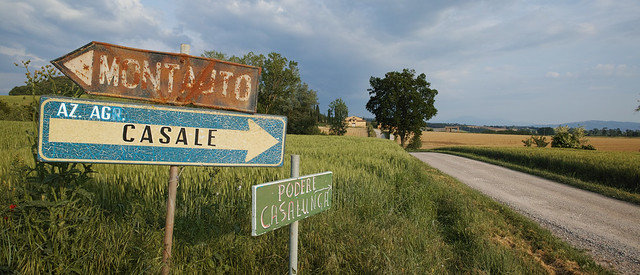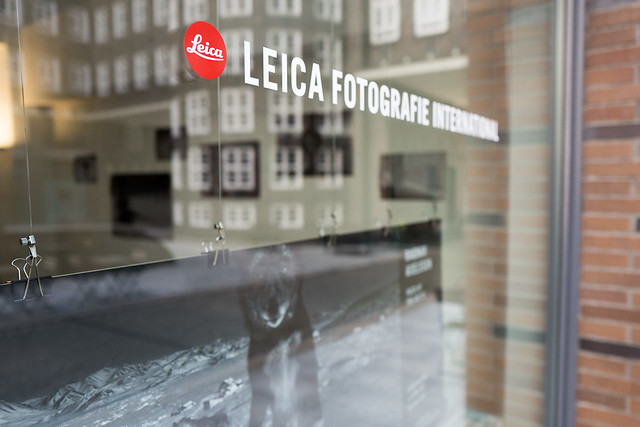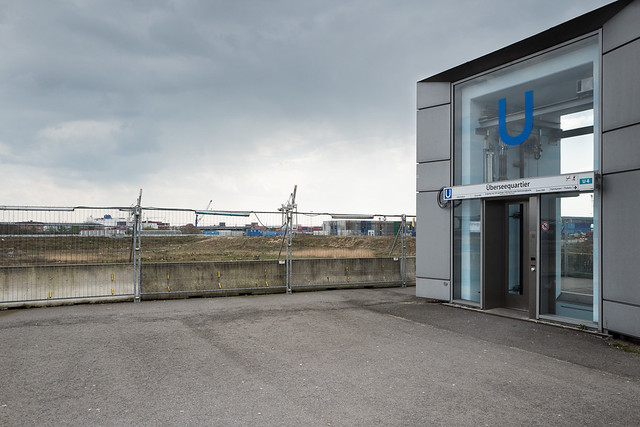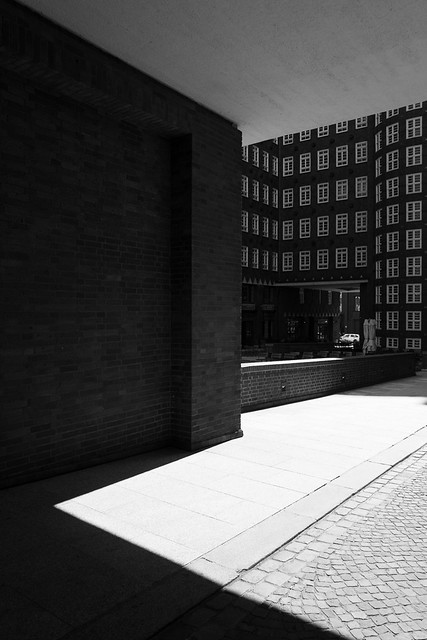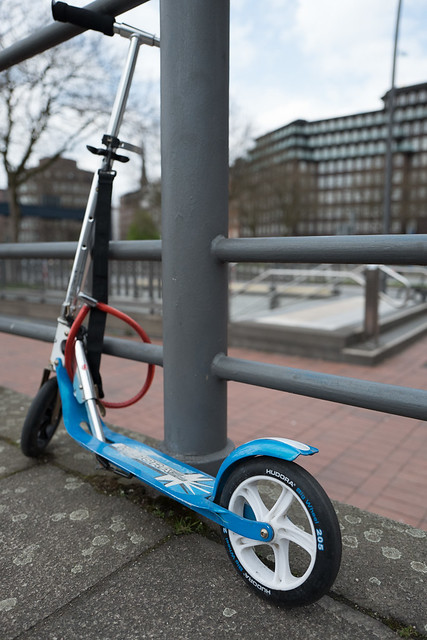Michael Reichmann RIP
sad news
Michael Reichmann attempts to herd cats, Iceland, 2004
I was very sad to discover this evening that photographer Michael Reichmann, founder of the vastly influential website, The Luminous Landscape, had passed away at the age of 71.
The birth of the Luminous Landscape pretty much coincided with my rediscovery of photography, and I grew with it. I learnt a huge amount from Michael’s articles, especially in the pre-digital era. Pretty much all I know about using slide film and scanning originated in the Luminous Landscape. When Michael launched the Video Journal together with Chris Sanderson, I had to go out and buy my first DVD player to watch it.
Michael Reichmann was perhaps the archetypal photography workshop organiser. He set a pattern that many have followed since, but not all these followers are blessed with Michael’s charisma and charm. I broke my piggy bank to join his 2004 Iceland workshop, and while it was a whirlwind, exhausting experience, it was also hugely formative. Michael’s twin catch phrases, “there’s no shot here”, and “2 minutes, no tripods” still ringing my ears.
He was also a very aspirational character. It was notable just how many people turned up on that workshop with the exact same set of cameras Michael had recently been praising on the web site. It was perhaps a bit of a shame that he changed them so often though - the wannabes had a quite an expensive job catching up. I can even remember people wanting to know what kind of car he drive, so they could buy the same one. I’m fairly sure he would have had a chuckle about that: while certainly being very serious about his art and craftsmanship, he clearly didn’t take himself quite as seriously as some of his more ardent groupies.
Michael Reichmann accomplished a lot in his life, and helped a lot of people gain pleasure and satisfaction from their photography, however they approached it. He leaves a large void in the photographic community, but most of all, in the hearts of his family and friends. I offer them my sincere condolences.


